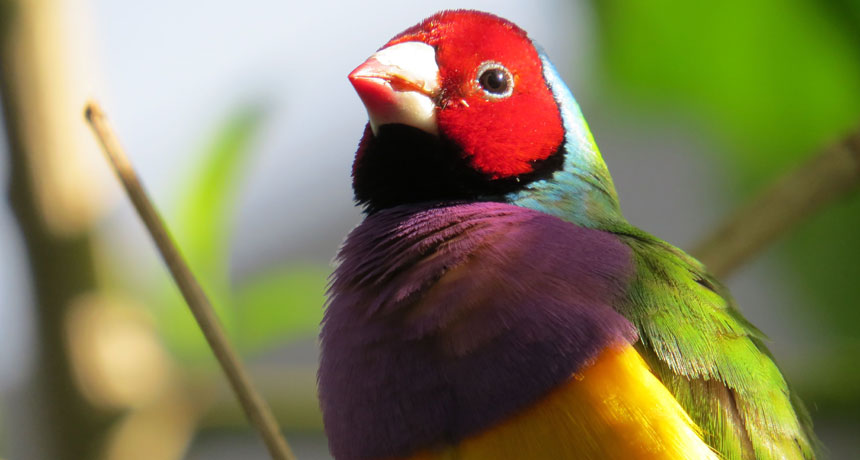Bright bird plumage resulted from natural, sexual selection

Natural and sexual selection play a role in the color of a bird’s feathers, a new study finds.
Peter Dunn

Natural and sexual selection play a role in the color of a bird’s feathers, a new study finds.
Peter Dunn